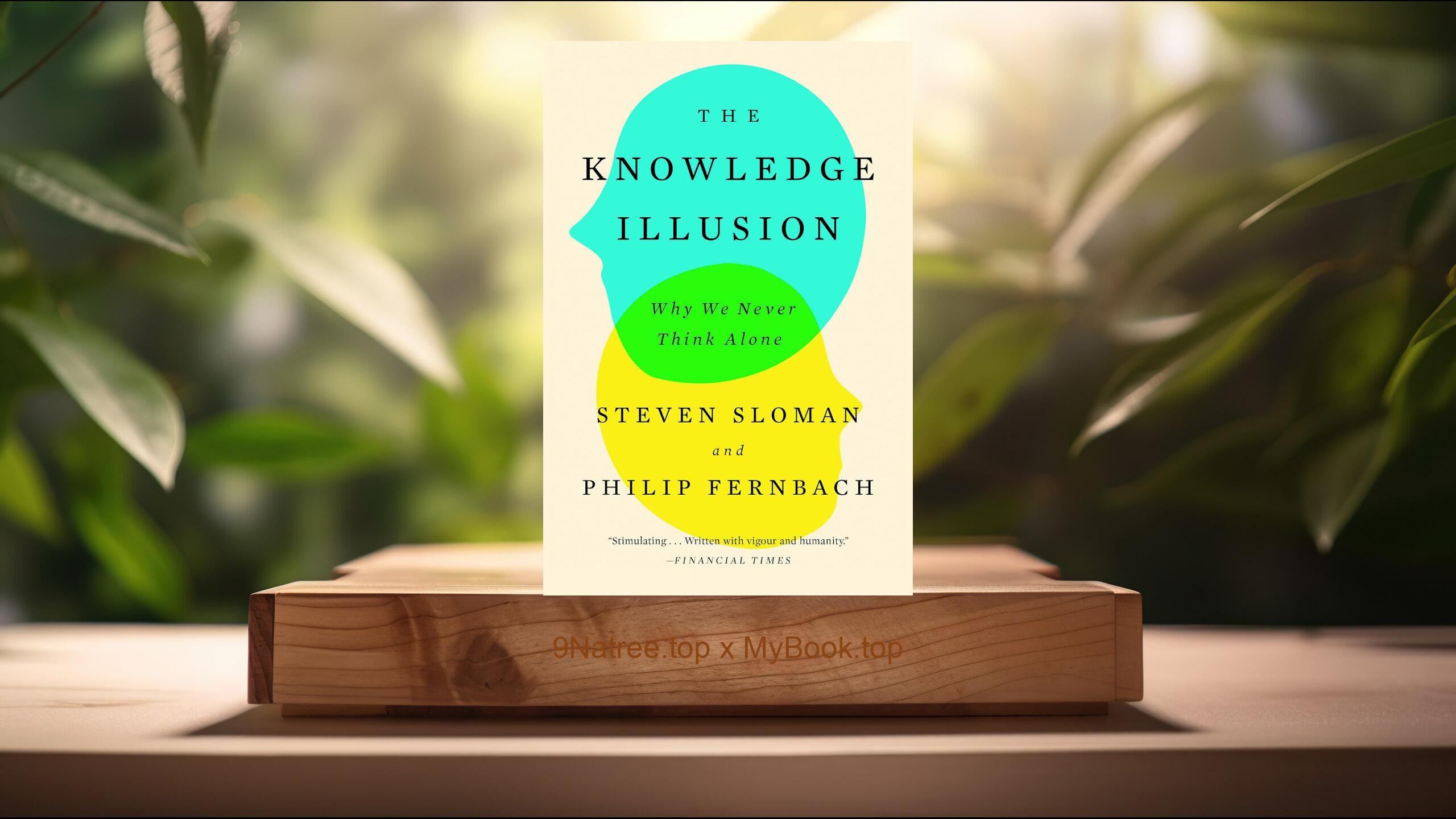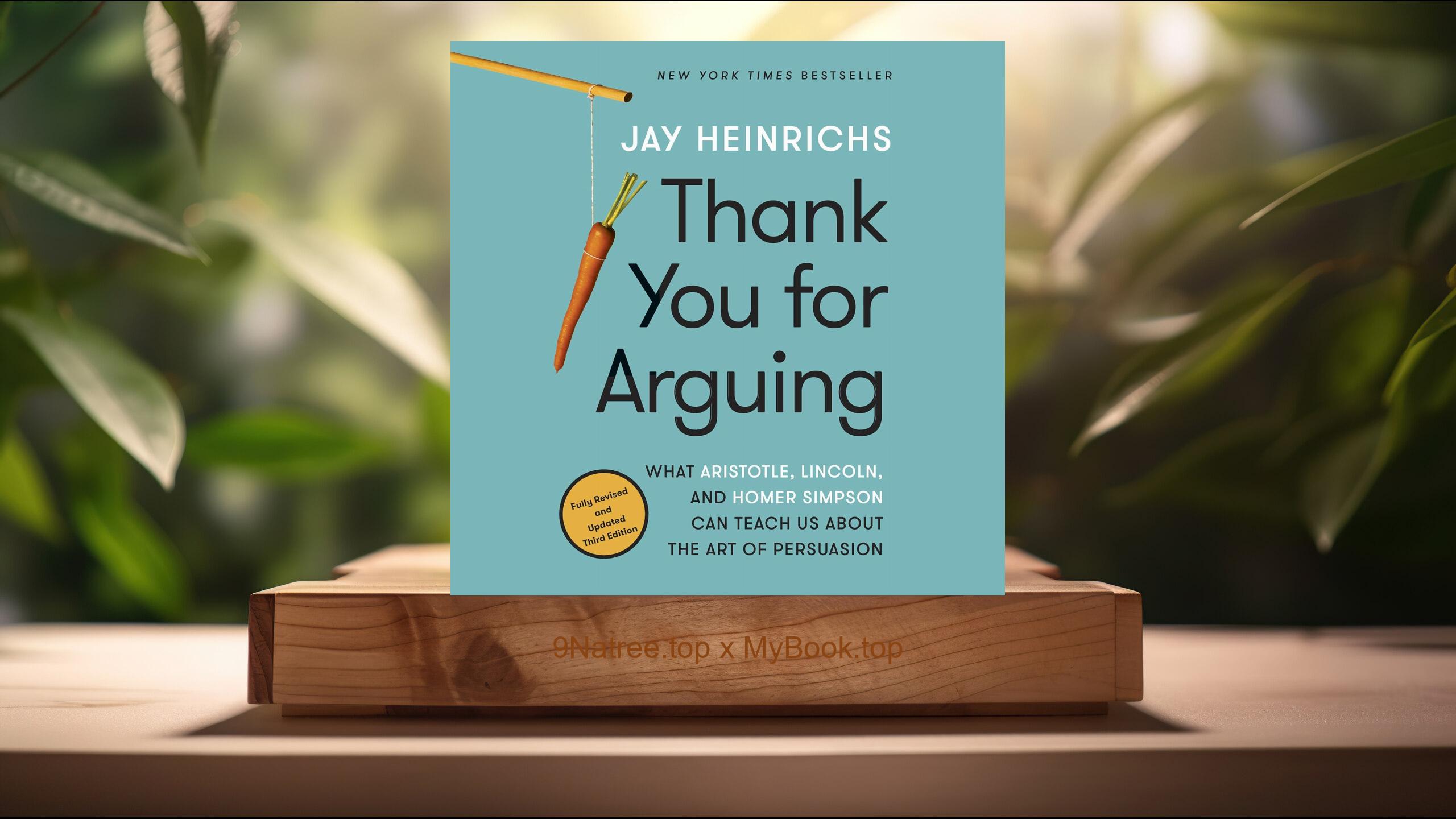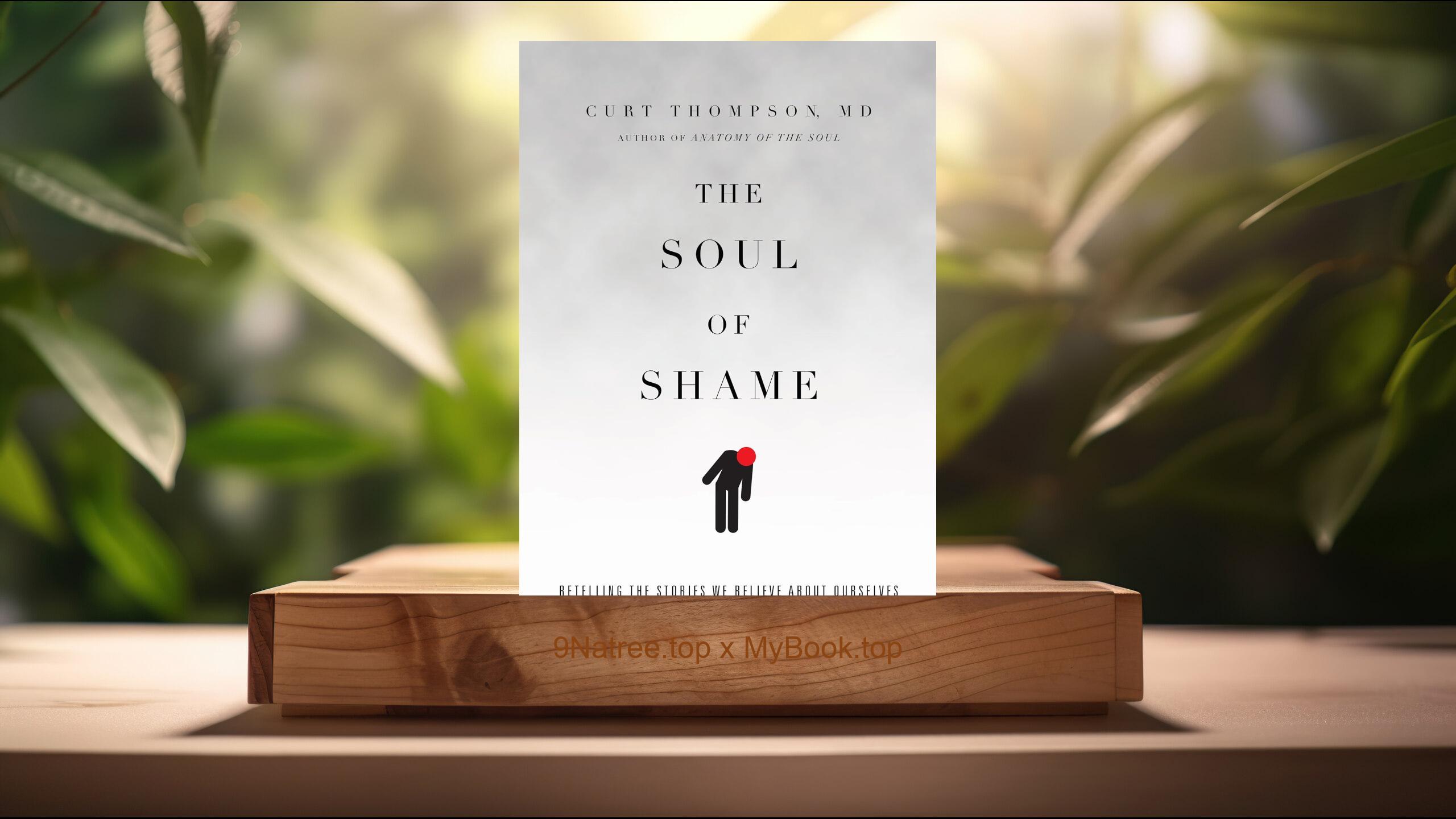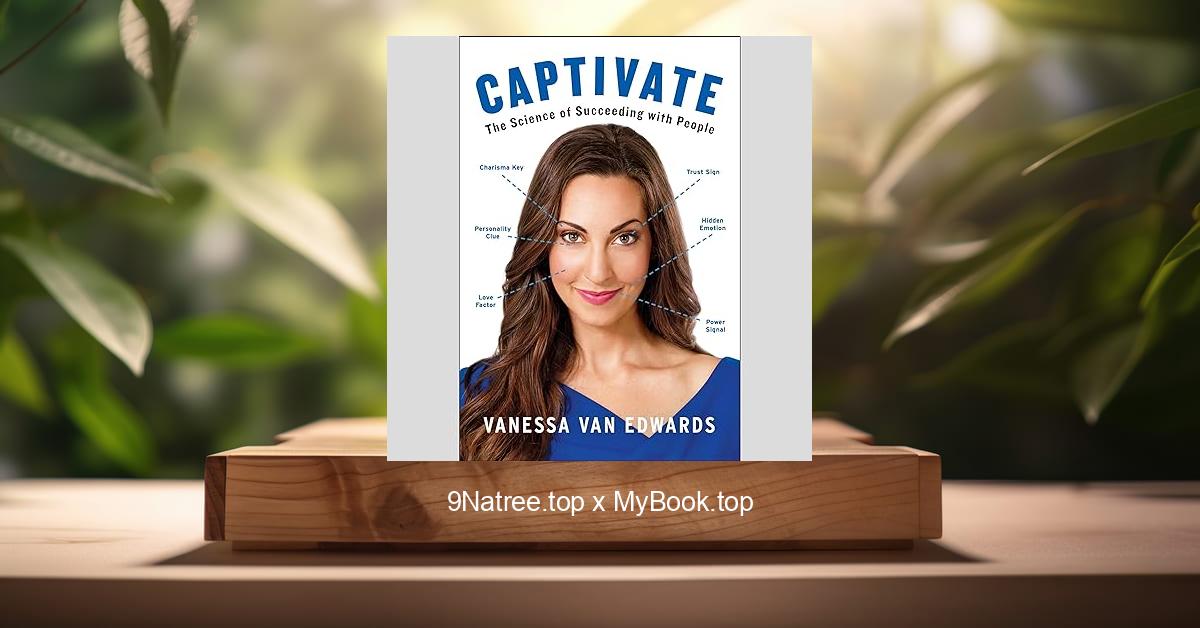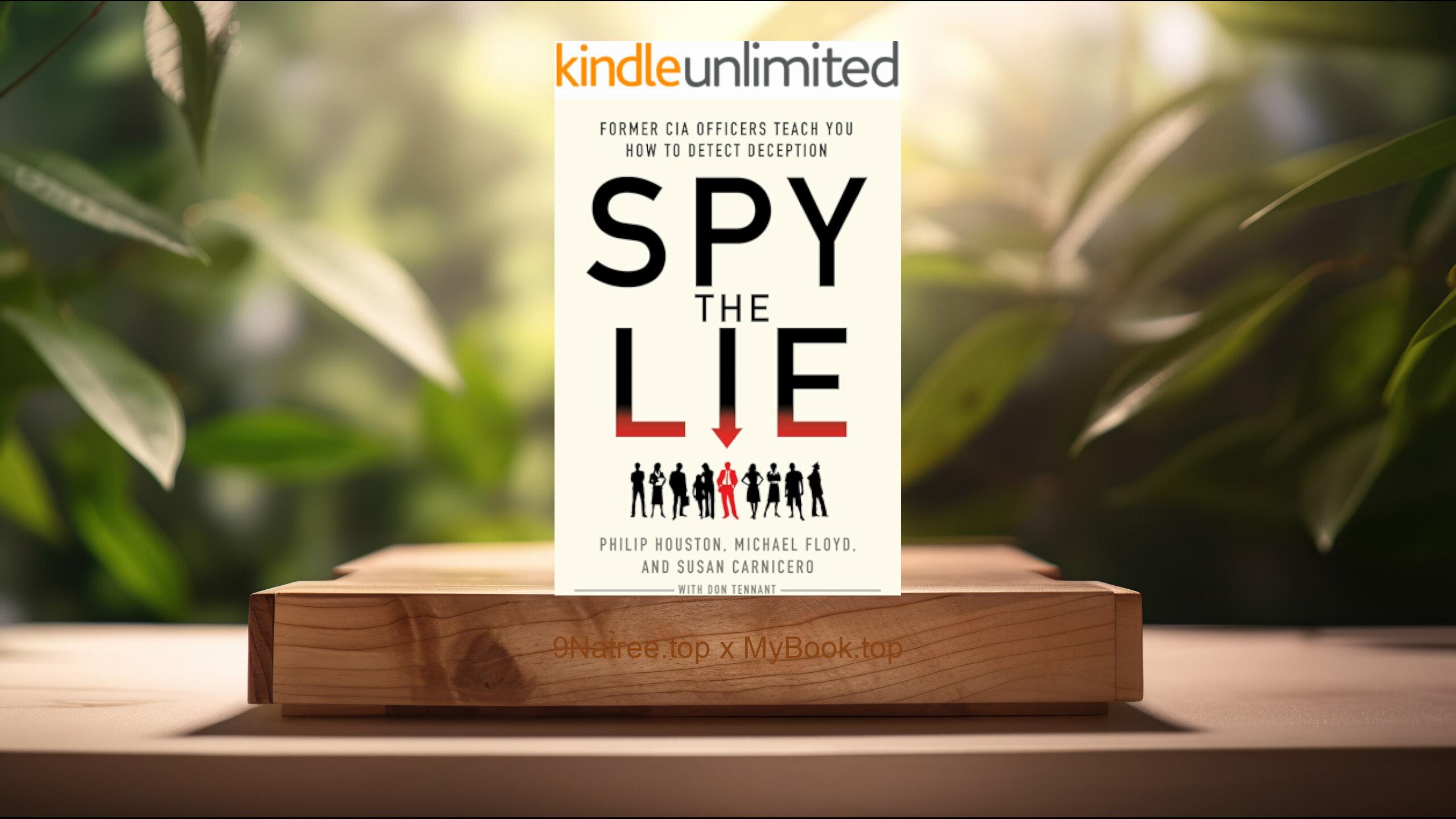Show Notes
- Amazon USA Store: https://www.amazon.com/dp/B07Q3LVYK4?tag=9natree-20
- Amazon Worldwide Store: https://global.buys.trade/Will-My-Cat-Eat-My-Eyeballs-And-Other-Questions-About-Dead-Bodies-Caitlin-Doughty.html
- eBay: https://www.ebay.com/sch/i.html?_nkw=Will+My+Cat+Eat+My+Eyeballs+And+Other+Questions+About+Dead+Bodies+Caitlin+Doughty+&mkcid=1&mkrid=711-53200-19255-0&siteid=0&campid=5339060787&customid=9natree&toolid=10001&mkevt=1
- Read more: https://mybook.top/read/B07Q3LVYK4/
#DeathEducation #CaitlinDoughty #MortalityEducation #FuneralPractices #CulturalDeathTraditions #DecompositionProcess #EcofriendlyBurials #HumorinMortality #WillMyCatEatMyEyeballs
These are takeaways from this book.
Firstly, Children's Curiosity About Death, Children have a natural curiosity about death that often leads them to ask questions that adults might find uncomfortable or unsettling. In 'Will My Cat Eat My Eyeballs?', Caitlin Doughty uses her experience as a mortician to answer these questions with humor and honesty. She explores how children's perspectives can offer a refreshing and candid look at death, free of the emotional baggage that adults often carry. By addressing children's questions, Doughty reveals a range of topics, from what happens to our bodies after we die to cultural practices surrounding death. Through this lens, readers can learn to approach death with curiosity and understanding, shedding light on a subject that is often shrouded in fear and mystery.
Secondly, Biological Aspects of Death, Understanding what happens to the body after death is a key focus in Caitlin Doughty's book. She delves into the biological processes that take place from the moment a person dies, exploring decomposition, embalming, and cremation in a straightforward manner. By explaining these processes in layman's terms, Doughty demystifies what happens after we die, providing clarity to a topic often avoided in everyday conversation. The book answers questions like whether a dead body can produce sounds or movements, or what really happens during decomposition. By demystifying these biological aspects, readers gain factual knowledge which can temper fears and superstitions surrounding death.
Thirdly, Cultural Practices and Traditions, Caitlin Doughty explores how different cultures approach death, highlighting practices and traditions that vary widely around the world. From Tibetan sky burials to the Mexican Day of the Dead, the book underscores the diversity in how societies handle the deceased and honor their memory. Doughty explains how these practices are shaped by cultural attitudes, religious beliefs, and historical context, offering a broader understanding of death as a universal experience. This topic reveals how society's handling of death is a reflection of broader social values and can provide comfort or closure to the living. By learning about these varied practices, readers can appreciate the different ways humans have sought to make sense of mortality.
Fourthly, Ethical and Environmental Considerations, Modern funerary practices raise important ethical and environmental questions that Caitlin Doughty does not shy away from addressing. In her book, she discusses how traditional methods like embalming and burial have considerable environmental impacts and suggests alternative practices that are more sustainable. The concept of 'green burials' and other eco-friendly disposition methods such as alkaline hydrolysis and recomposition are explored as solutions to these concerns. Doughty raises awareness about the importance of considering the ecological footprint left by traditional death care, urging readers to think critically about how we treat our dead and what legacy we leave behind. The exploration of these topics encourages a reevaluation of our cultural norms concerning death and opens a dialogue for more sustainable practices.
Lastly, Facing Mortality with Humor, A significant theme in Doughty's book is the use of humor to address the often uncomfortable subject of death. By answering questions with wit and laughter, she demonstrates how humor can be a powerful tool in coping with the inevitability of death. Doughty’s approach makes it easier for readers to engage with topics they might otherwise find distressing. Humor becomes a bridge, allowing readers to face their mortality without the heavy burden of fear or sadness. This method of addressing death can be therapeutic, providing a sense of relief and detachment. The ability to laugh when contemplating mortality reflects a healthy perspective, promoting an acceptance of life's inevitable conclusion. This topic is central to the book's ability to transform a typically somber subject into one of learning and reflection.
![[Review] Will My Cat Eat My Eyeballs?: And Other Questions About Dead Bodies (Caitlin Doughty) Summarized](https://episodes.castos.com/660078c6833215-59505987/images/1983940/c1a-085k3-kpw8md2da8mm-6sdsyz.jpg)
